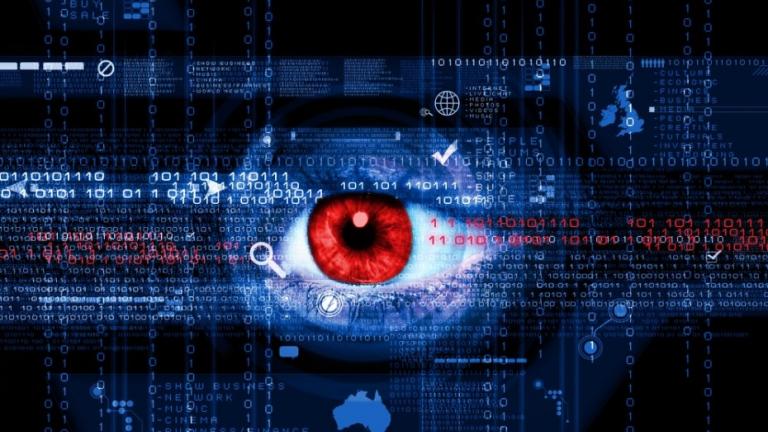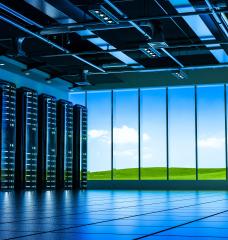
Being small in our daily routine, we may not think that our personal use of digital devices could harm the planet. What’s the big deal with a few dozen emails, ten web searches, posting a couple of color pictures or streaming a movie or two?
Think again.
While your individual click may not seem like much, it turns out that information and computing technologies (ICT) chew up about 7% of global electricity yearly (see). And, because devices have been multiplying like mushrooms in a rainforest over the last 10+ years, networks and data centers to transmit and store everything have become massive and widespread. The “Internet of Things” (IoT) - sensors everywhere - is only accelerating the trends.
Take data centers. In 2015 data centers (and cloud infrastructure) accounted for over 400 Twh globally (see). That’s 400 Terrawatt hours, more than most countries use annually. As a result, data centers’ contribution to greenhouse gas emissions (2-3%) was on a par with or above the airline industry. While experts vary on the likely growth in energy demand from data centers in the coming years, we do know the key factors:
- Our appetite for devices and their apps;
- What we do with our devices (e.g., simple emails vs. video streaming);
- What equipment and controls providers use; and
- What share of renewables power equipment or are offset.
Each of these four factors deserves its own post and comments on ClimateX (at a later time!)…. and, they’re closely linked. For example, where a provider locates a server farm, makes a big difference in cooling needs and access to clean energy. Some providers put data centers near the Arctic Circle with reduced cooling needs, while others locate them in the US state of Virginia, with significantly less access to renewable energy. Those choices do matter.
Getting back to your clicks - a recent study at the Lawrence Berkeley National Laboratory estimated 70B kW (that’s Billion) kilowatt hours to run American data centers and cloud infrastructure annually, or 2% of US electricity consumption. For an average person, that’s about 200 kWh per year, are you ready? ...resulting in 300 pounds of CO2 per year.
What to do? Click less? Find out which providers are really going green and support them?
I’m going to have a closer look at Greenpeace’s recent report Clicking Clean with its analysis of the digital world, with scorecards of individual companies and their apps.
You?
…let us know with a comment below!






